It is a farm agriculture that uses water and air to cultivate plants instead of soil. This method is more sustainable and more efficient; hydroponic farms can produce up to three times the amount of food that traditional farms can. In addition to being more environmentally friendly, hydroponic farming is also becoming more popular because it’s better for the environment.
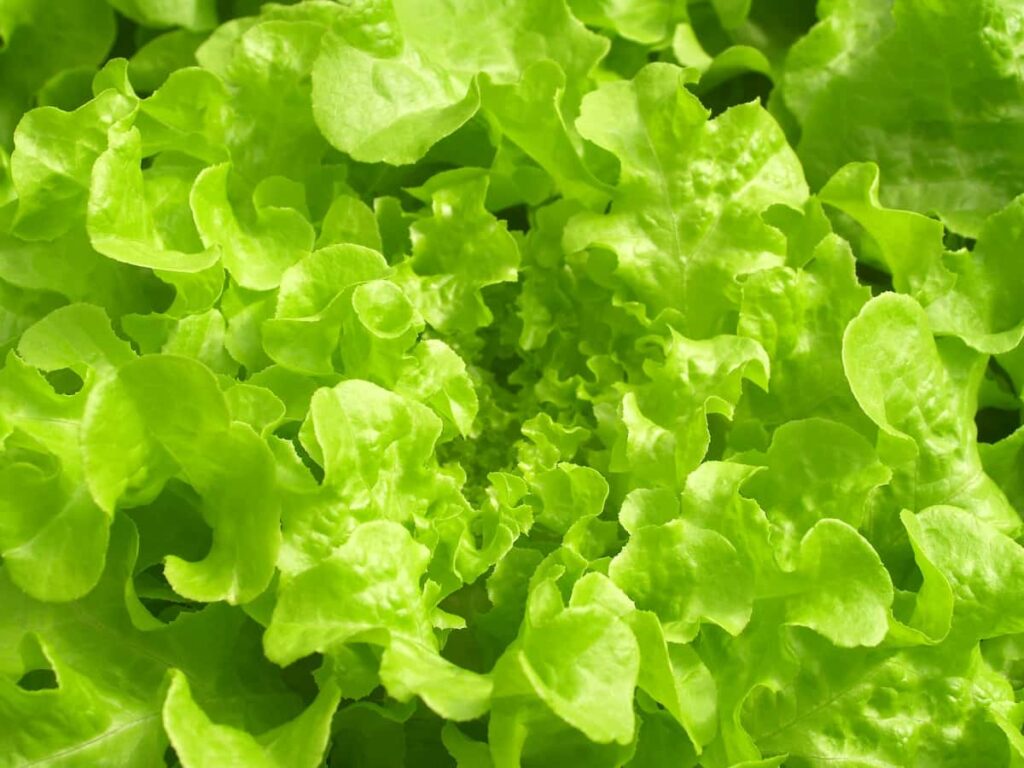
By using less land and producing food without polluting the environment, hydroponic farming has huge benefits for both the planet and our food supply. It has been popular in the Philippines because it is a low-cost, high-yield method of farming that doesn’t rely on pesticides or fertilizers.
Hydroponic farming in the Philippines
What is hydroponic farming?
It is a type of agriculture system that uses water, air, and sunlight to produce crops without the use of soil. Instead, plants are grown in containers filled with liquid nutrients and a medium such as gravel or sand. As a result, the farms take up less space than traditional farming methods and can be operated using solar power. Hydroponic farming has been growing in popularity in the Philippines due to its environmental concerns and potential for food security.
Advantages of hydroponic farming in the Philippines
- Hydroponic farming relies on water and organic matter as the main inputs. This farming method is gaining popularity in the Philippines because it has many advantages over traditional farming methods.
- One advantage of hydroponic farming is that it can produce food in difficult or impossible to cultivate with traditional methods, such as mountainous areas or coastal regions. Hydroponic farms also require less input than traditional farms, making them more Sustainable and environmentally friendly.
- Hydroponic farming is considered environmentally friendly because it uses less water than traditional farming practices. For example, rainwater can be collected and used to irrigate plants instead of being wasted down the drain. Additionally, hydroponic systems do not require using fertilizers or pesticides, which can harm the environment. This method also allows farmers to control the environment inside the farm, which can result in increased yields and better-quality products.
Tips on how to set up your hydroponic farming in the Philippines
- Choose a site with good drainage.
- Build an underground irrigation system.
- Use a grow light to help your plants grow faster.
- Maintain your hydroponic farm by using proper fertilizers and watering techniques
In case you missed it: How to Improve Agriculture in the Philippines, Ways, Ideas, and Tips
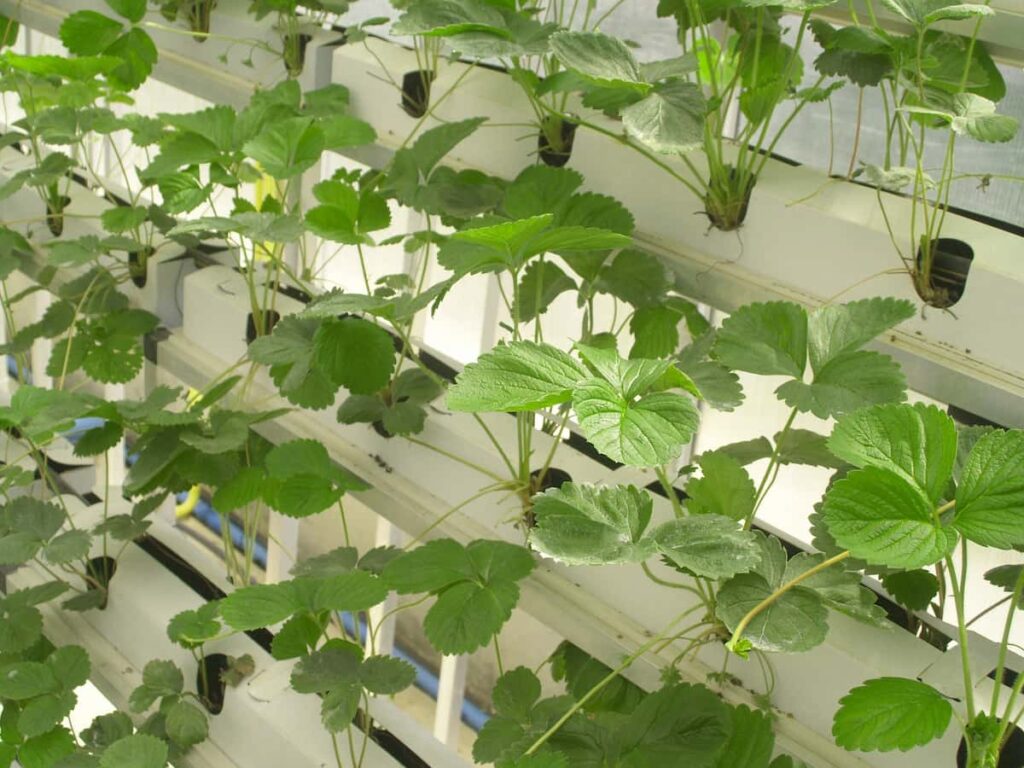
Commercial hydroponic farming in the Philippines
Commercial hydroponic farming in the Philippines has been growing rapidly due to the country’s fertile soil and climate conditions. There are currently over 30 commercial hydroponic farms, with plans for many more.
Most of these farms use drip irrigation and advanced cultivation techniques such as crop rotation and cover crops, which help maintain high yields while reducing water usage. Hydroponic farming is also beneficial because it eliminates the need for pesticides, herbicides, and other chemical inputs, which can harm the environment. In addition to producing fresh produce, hydroponic farmers often sell their crops online or through local markets.
How profitable is hydroponic farming in the Philippines?
The Philippines is a prime location for hydroponic farming because of the abundance of fresh water and sunlight. According to the Philippine Hydroponics Development Corporation (PHDC), around 120 hydroponic farms currently operate in the Philippines, with an annual production capacity of 800 metric tons. In terms of value, hydroponic produce is said to be more profitable than traditional agriculture due to its lower input costs. Additionally, hydroponic farms do not require pesticides or fertilizers, so they have a negligible environmental impact.
Crops suitable for hydroponics in the Philippines
- Hydroponic crops are usually small, fast-growing plants that can be cultivated indoors using less land and water than traditional agriculture.
- The Philippines is a tropical country with an average temperature of 27°C. Therefore, most hydroponic crops are suited for cultivation in the Philippines. The most common hydroponic crops include tomatoes, cucumbers, green beans, lettuce, peppers, and strawberries.
- The advantage of using hydroponics to cultivate crops is that it eliminates the need to use chemicals or pesticides. This can be a big environmental benefit because these chemicals can harm people and the environment. Additionally, hydroponics produces food without causing soil erosion or damaging rainforest ecosystems. Additionally, hydroponic systems are ideal for crop growers who want to experiment with different varieties of vegetables or flowers.
Hydroponic farm start-up costs the Philippines
In the Philippines, hydroponic farming is a growing trend due to the country’s tropical climate and abundant resources. There are already over 150 certified hydroponic farms in the Philippines, employing over 1,000 farmers.
The start-up costs for setting up a hydroponic farm in the Philippines vary depending on the scale of operation desired. For a small-scale farm with just a few dozen plants, the start-up costs can range from $10,000 to $15,000. However, for larger farms with hundreds or thousands of plants, the start-up costs can reach upwards of $200,000.
In case you missed it: Dairy Farming in Philippines: Breeds, How to Start
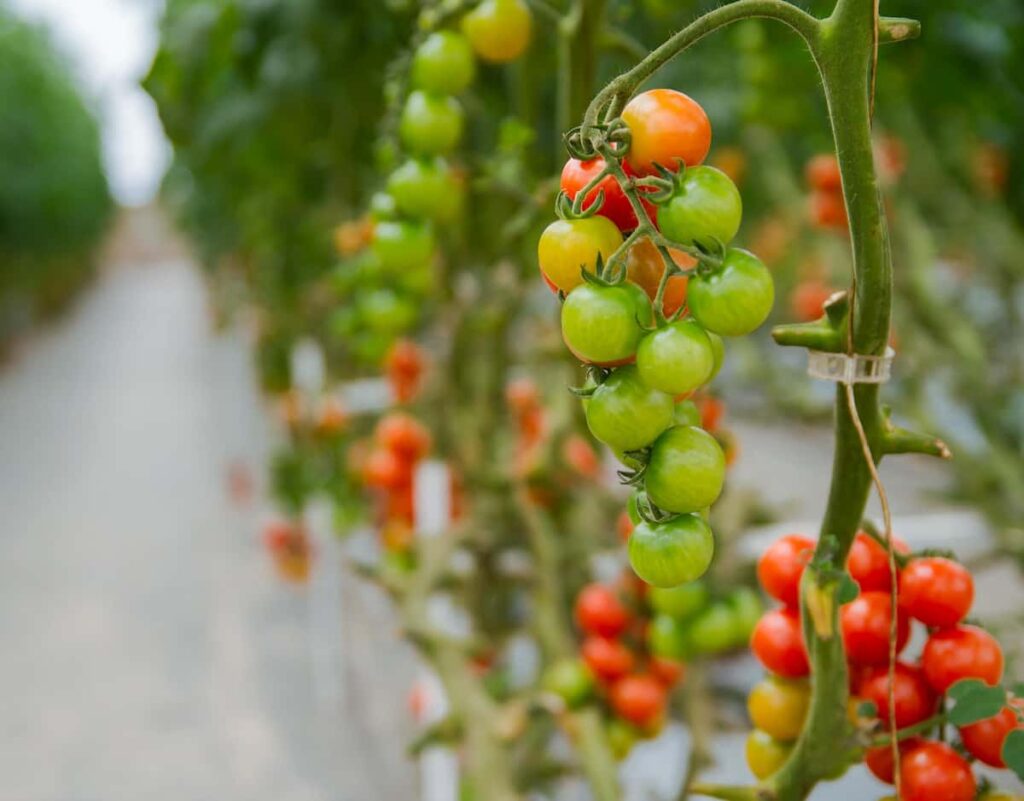
Different types of hydroponic systems in the Philippines
Hydroponic systems can be used for various crops, including vegetables, fruits, flowers, and herbs. In the Philippines, hydroponic farming is growing in popularity due to its environmental benefits and potential to provide high-quality food at lower costs. The country has several hydroponic systems that can grow different crops. The different types of hydroponic systems in the Philippines: are low-density polyethylene (LDPE) hoop houses and ebb and flow systems.
- LDPE hoop houses are made from LDPE plastic instead of soil. They are cheaper to construct than raised beds and can be erected more quickly, but they do not yield as much due to poor water retention capabilities. Low-density polyethylene (LDPE) hoop houses use LDPE panels suspended between columns in an open frame. The hoops are covered with a plastic sheet that is then sealed around the edges with crimping machines. This type of system is easy to construct and has a smaller carbon footprint than raised bed systems because there is no need for soil amendments or trenching. Hoop houses are most suited for small landholdings where space is constrained, or crops can be protected from wind and rain. They can produce yields similar to those obtained from field plots but require less input per acre, making them more cost-effective than raised bed systems.
- Ebb and flow systems are similar to hoop houses except that the system’s height allows for a wider variety of crops to be grown. Ebb and flow systems are also made from LDPE but use a water recirculation system that allows small amounts of water to flow continually into and out of the plants. This system is claimed to be more efficient than other hydroponic systems because it maintains a constant humidity level inside the plant canopy, which helps reduce plant stress. The Ebb and flow system is the oldest type of hydroponic farming. It is a method in which plants are grown in beds that are constantly flooded with fresh water from a canal or stream. The water flows through the roots of the plants, providing them with nutrients and oxygen. This method is simple to set up and uses little space, making it ideal for small farms.
- Closed loop systems use pipes to divert water directly to individual plants without going through other system parts. This method is more efficient than other types of hydroponic farming because it allows plants to receive more nutrients than they would if they were sprayed with water droplets. Closed-loop systems also require less maintenance than mists or ebb-and-flow systems
- Open-air systems do not have any barriers between the plants and the environment, which allows them to grow more quickly but also means that they are less efficient compared to other types of hydroponic systems.
Most hydroponic farms use water from reservoirs or groundwater sources rather than freshwater from rivers or lakes. This is because freshwater is susceptible to contamination from pesticides and other pollutants. It is also difficult to track how much water each plant needs since it constantly flows through the system.
In case you missed it: Mango Farming in Philippines: How to Start, Varieties, Planting, Care, and harvesting
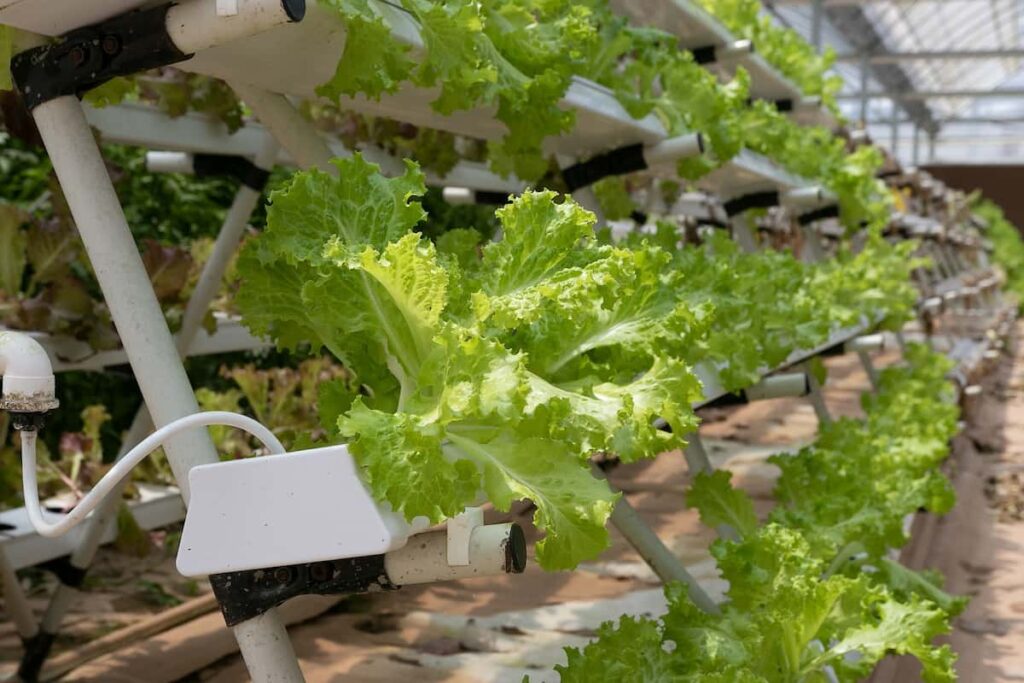
Hydroponic farming at home in the Philippines
Hydroponic farming has been steadily gaining popularity in the Philippines as more and more people are finding out about its many benefits. Hydroponic farming is a type of agriculture that uses water, nutrients, and sunlight to farm plants. The main advantage of hydroponic farming is that it requires much less land than traditional farming methods. This means that hydroponic farms can be located in areas that are difficult or impossible to access with traditional farming techniques. Things to keep in mind while starting hydroponic farming at home;
Location
Your farm should be in an open space with good sunlight and airflow. This will help to ensure the proper growth of your plants.
Water Supply
Make sure that you have a reliable water supply for your hydroponic farm. Ideally, your source should be from a pristine mountain stream or aquifer. If you cannot get adequate water from a natural source, consider using municipal water supplies treated with chlorine or other chemicals.
Temperature and Lighting
The ideal temperature for growing plants in hydroponic systems is between 27°C. You will also need to provide light for your plants daily through natural sunlight or LED lighting fixtures.
In case you missed it: Sheep Farming in Philippines: How to Start, Breeds, Production, and Management
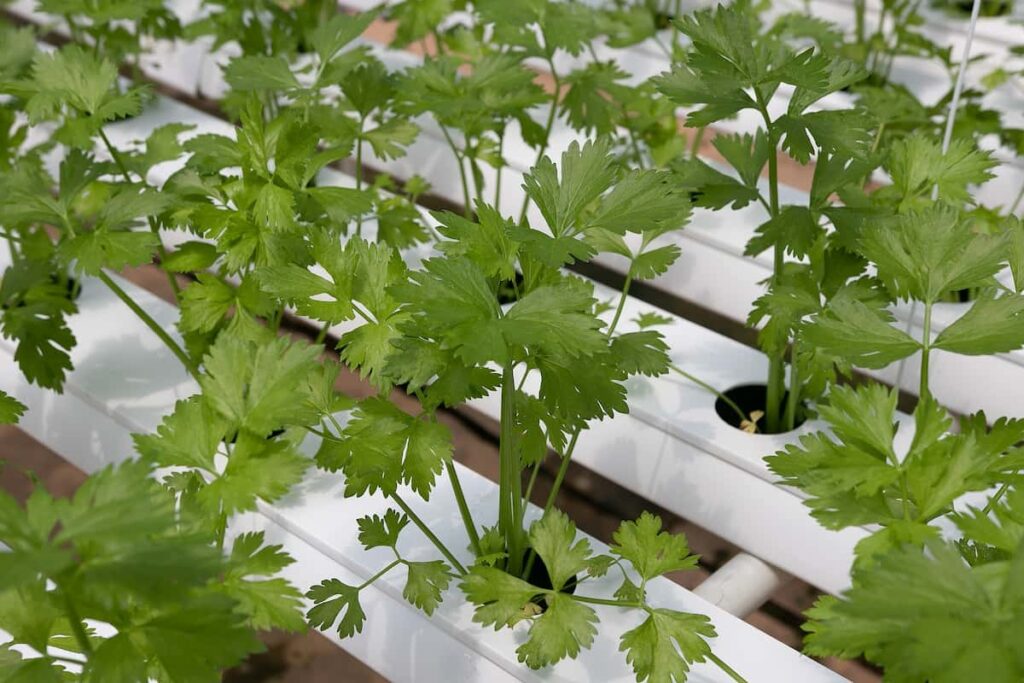
Hydroponic farming requirements in the Philippines
Several factors must be considered before hydroponic farming can become a major player in the Philippines’ economy, including government policies and infrastructure development.
- One of the major requirements for hydroponic farming in the Philippines is access to ample water resources. Hydroponic farmers in the Philippines typically rely on rainwater harvesting or groundwater extraction for irrigation purposes. In areas with abundant rainfall, drip irrigation rooftop gardens can efficiently collect water for plants. However, drought-prone areas may require desalination or other artificial means of providing water for crops.
- Another key requirement for successful hydroponic farming in the Philippines is sunny weather throughout the year. The country’s tropical climate and intense sunlight can damage plant cells if not received consistently throughout the day. For this reason, many commercial hydroponic farms operate under glass or plastic greenhouses to provide consistent light levels throughout the day.
- A well-developed infrastructure is also necessary for success with hydroponics in the Philippines. This includes properly designed irrigation systems, storage facilities for excess water runoff, and proper sanitation measures to prevent illness among workers and customers.
Steps to start hydroponic farming in the Philippines
There are a few points you’ll need before getting started with hydroponic farming in the Philippines:
- A good place to start is by researching the different types of hydroponic systems. Various kinds of hydroponic farming include drip irrigation, flood and drain, and aeroponics. Once you’ve chosen a system, you’ll need to get some supplies. The most important thing you’ll need is water — preferably filtered or treated water. You’ll also need to grow media (such as perlite, vermiculite, or coco coir), grow lights, and an irrigation system. Then, to begin growing your food using hydroponics, all you have to do is set up your system and start watering it.
- To start hydroponic farming in the Philippines, you must obtain various equipment and supplies. These include a water reservoir, drip irrigation system, growing medium (such as sand or gravel), light sources (such as grow lamps or fluorescent tubes), pumps and filters, and a greenhouse or other staging area for your plants.
- Once you have acquired your equipment and supplies, you need to plan your garden layout. Hydroponic gardens are typically divided into three sections: grow beds, water reservoirs, and fertigation zones. Grow beds are where you will plant your crops; water reservoirs provide your plants with moisture and nutrients; fertigation zones distribute supplemental fertilizers to the plants throughout their growth cycle.
- To begin growing your hydroponic crops in the Philippines, ensure that you have obtained the appropriate permits from local authorities. Once you have completed all necessary paperwork and received your permits, it is time to start! Start by choosing a location for your garden that receives good sunlight but remains warm during winter.
- There are many different types of hydroponic farms available in the Philippines, so it is essential to research which is best suited for your needs. You can find information about various types of hydroponic farms on online resources or through local experts.
- To run a successful hydroponic farm, you will need specialized equipment. Start by consulting with experts or looking for quality products online. Some key items you will need include lighting systems, irrigation systems, and soil mixers.
- Before starting any agriculture, you will need to prepare your land in a specific way. This includes clearing trees or other vegetation and adding organic matter, such as compost or manure, to the soil surface. Once your land is ready, consult experts about setting up your irrigation and lighting systems.
Hydroponic farming problems in the Philippines
One of the most common problems is insufficient light. This problem can be overcome by using high-powered lighting or by growing plants close to each other, but either solution costs money. Another problem is pests and diseases. Farmers must use pesticides and other chemicals to combat these pests and diseases, which can also be expensive.
Finally, hydroponic farming is not as efficient as traditional agriculture in yield. This may be because nutrients are lost through evaporation or leaching or because the plants are not exposed to enough sunlight or air to photosynthesize properly.
In case you missed it: Greenhouse Farming in the Philippines: How to Start, Agriculture Crops, and Cost to Build
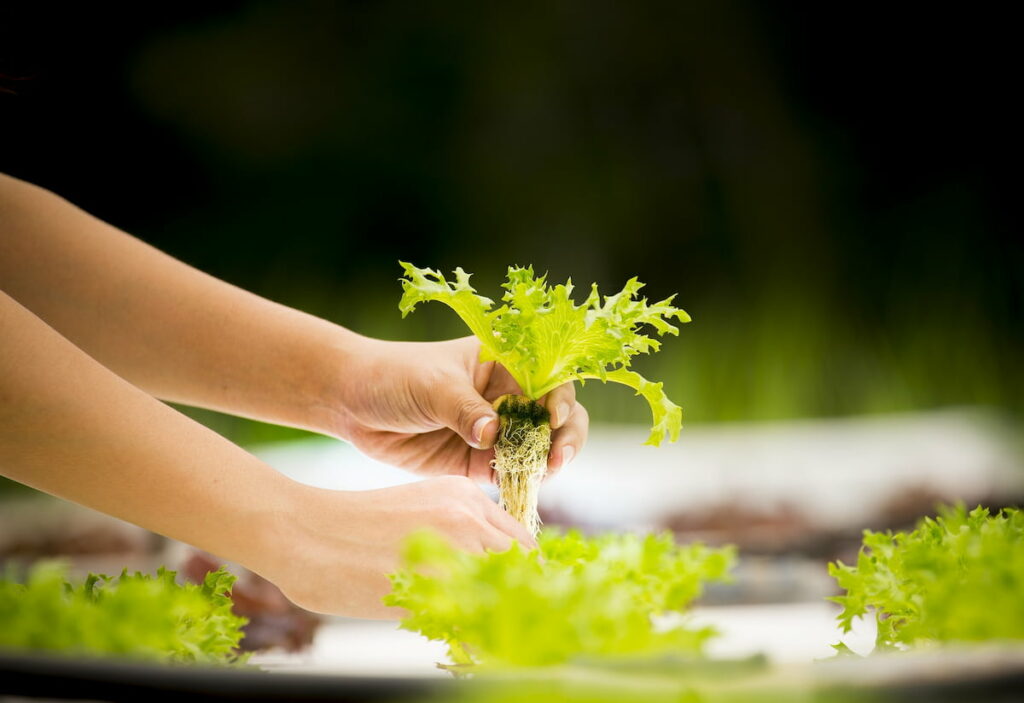
Hydroponic farming challenges in the Philippines
- One challenge that hydroponic farmers face is access to clean water. Because hydroponics requires high humidity levels, polluted water is not suitable for growing plants in this mode of cultivation. Nevertheless, there are ways to overcome this obstacle by using desalination or recycling technology to create clean water for crop growth.
- Hydroponic farming has great potential to revolutionize agricultural production in the Philippines and help address food insecurity issues among Filipinos. If done correctly, this type of farming could provide jobs for Filipinos and help reduce dependence on imported foods
- The main challenge is access to quality water – many rural areas lack reliable access to clean water supplies and often suffer from poor soil quality due to heavy agricultural use over recent years. Another challenge is competition from traditional agriculture – while hydroponics has made significant strides in recent years, it remains a relatively new technology compared to traditional.
- The other main challenge is economic. Hydroponic farming can be more expensive than traditional methods due to the need for specialized equipment and nutrients. This can make the technology prohibitive for small farmers who may not have access to these resources or cannot afford them outright.
Conclusion
Hydroponic farming produces a higher yield than traditional farming methods, which is why it has become popular in the Philippines. Hydroponic systems produce yields equivalent to those from conventionally-farmed land when sun exposure is considered. As a result, hydroponic farms can provide food for a larger population without taking up more space or resources than traditional agriculture.
- Types of Pesticides Used in Agriculture: A Beginner’s Guide
- Economical Aquaculture: A Guide to Low-Budget Fish Farming
- 15 Common Planting Errors That Can Doom Your Fruit Trees
- How to Make Houseplants Bushy: Effective Tips and Ideas
- Innovative Strategies for Boosting Coconut Pollination and Yield
- Pollination Strategies for Maximum Pumpkin Yield
- The Complete Guide to Chicken Fattening: Strategies for Maximum Growth
- Natural Solutions for Tulip Problems: 100% Effective Remedies for Leaf and Bulb-Related Issues
- Revolutionizing Citrus Preservation: Towards a Healthier, Greener Future
- Natural Solutions for Peony Leaf and Flower Problems: 100% Effective Remedies
- Maximizing Profits with Avocado Contract Farming in India: A Comprehensive Guide
- Natural Solutions for Hydrangea Problems: 100% Effective Remedies for Leaf and Flowers
- The Ultimate Guide to Choosing the Perfect Foliage Friend: Bringing Life Indoors
- From Sunlight to Sustainability: 15 Ways to Use Solar Technology in Agriculture
- The Ultimate Guide to Dong Tao Chicken: Exploring from History to Raising
- The Eco-Friendly Makeover: How to Convert Your Unused Swimming Pool into a Fish Pond
- Mastering the Art of Delaware Chicken Farming: Essentials for Healthy Backyard Flocks
- 20 Best Homemade Fertilizers for Money Plant: DIY Recipes and Application Methods
- How to Craft a Comprehensive Free-Range Chicken Farming Business Plan
- Brighten Your Flock: Raising Easter Egger Chickens for Beauty and Bounty
- How to Optimize Your Poultry Egg Farm Business Plan with These Strategies
- Subsidy for Spirulina Cultivation: How Indian Government Schemes Encouraging Spirulina Farmers
- Ultimate Guide to Raising Dominique Chickens: Breeding, Feeding, Egg-Production, and Care
- Mastering the Art of Raising Jersey Giant Chickens: Care, Feeding, and More
- Ultimate Guide to Raising Legbar Chickens: Breeding, Farming Practices, Diet, Egg-Production
- How to Raise Welsummer Chickens: A Comprehensive Guide for Beginners
- How to Protect Indoor Plants in Winter: A Comprehensive Guide
- Ultimate Guide to Grow Bag Gardening: Tips, Tricks, and Planting Ideas for Urban Gardeners
- Guide to Lotus Cultivation: How to Propagate, Plant, Grow, Care, Cost, and Profit
- Agriculture Drone Subsidy Scheme: Government Kisan Subsidy, License, and How to Apply Online
- Ultimate Guide to Raising Araucana Chickens: Breed Profile, Farming Economics, Diet, and Care
- Bringing Hydroponics to Classroom: Importance, Benefits of Learning for School Students
- Ultimate Guide to Raising Polish Chickens: Breed Profile, Farming Economics, Diet, and Care
- Ultimate Guide to Raising Australorp Chickens: Profile, Farming Economics, Egg Production, Diet, and Care
- Silkie Chicken Farming: Raising Practices, Varieties, Egg Production, Diet, and Care
- Sussex Chicken Farming: Raising Practices, Varieties, Egg Production, Diet and Care
Thank you